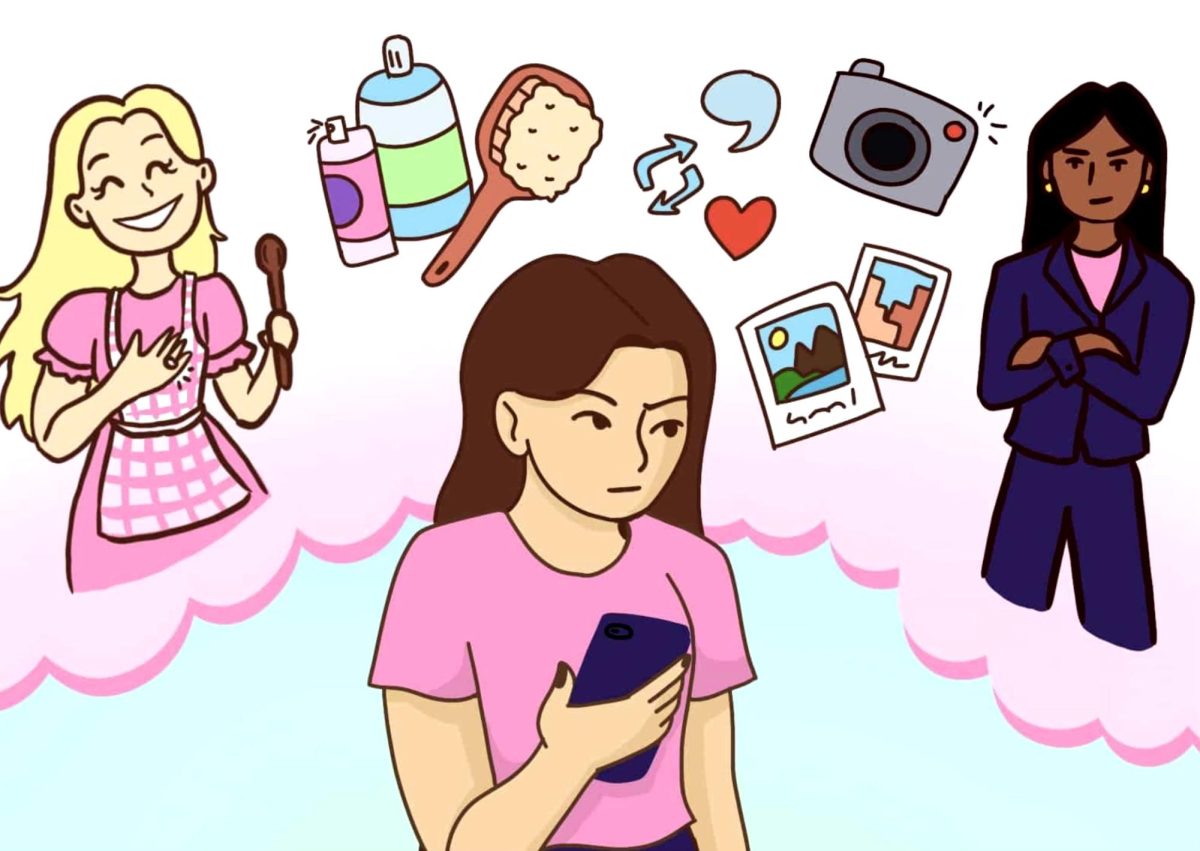 Exactly one month ago, the United States was faced with a tragedy of monstrous proportions: the murder of 26 children and teachers at Sandy Hook Elementary school in Newtown, Conn.
Exactly one month ago, the United States was faced with a tragedy of monstrous proportions: the murder of 26 children and teachers at Sandy Hook Elementary school in Newtown, Conn.
With these tragedies only a few days past, I continued to perform my duties as elf to my mother and headed to Toys R Us to pick out Christmas presents for my younger cousins.
Mesmerized by the nostalgia prompted by toy horses, I waltzed into the next aisle to find myself face to face with an array of plastic semi-automatic weapons. These were followed by pistols and rifles, all plastic, yet eerily realistic.
Most shot out nothing but bullet-induced noise and a light at the tip of the muzzle, but some came with foam bullets or darts. My personal favorite was the “Gun Blaster and Knife kit,” complete with cartridges that looked oddly like the real ones labeled “illegal.”
The level of realism in guns has changed in recent years. I had NERF guns and Super Soakers as a child, but they were often bubble-shaped and painted with bright neon colors. And while many of those in the aisle were unrealistically bright-colored, an equal amount came complete with scope, a trigger and extra ammo.
And past the tangible items in the aisle, my mind drifted to violent video games, already under scrutiny, and the popular hobby of paint ball. Even broader, I thought about the massive array of violent movies and television shows common in America.
The common factor between these toys, video games and paint ball parties are young children, picking up weapons crafted after real ones, aiming them at their peers and pulling the trigger. Sure, these motions are physically harmless, but what effect do these faux weapons have psychologically?
As many coaches insist, “How you practice is how you play.” And numbing children to the use of weapons on other humans is not a good practice to play.
The massacre quickly prompted conversation on gun control and mental health policies in our nation. Advocates for stricter laws and greater funding for mental health point out flaws in the current system, while pro-gun organizations, such as the NRA, presented their own arguments about personal liberty.
President Obama responded with a promise to address gun control policy in the new year and also created a committee headed by Vice President Joe Biden to research gun control and gaps in mental health care coverage.
This past weekend, gun violence found its way into the interview portion of the Miss America contest, and on Tuesday, Biden is expected to announce the first of his gun-control and mental health proposals.
But while it is easy to turn our attention to the adults who are in the top realm of responsibility — our president, congressmen and politicians — we should consider the responsibilities of the average American adult and their choices in toys, video games and family movies.
More than anything, recent events demand that we reflect on the prevalence of violence in the lives of young children.
The toy industry is a powerful, billion dollar force in the United States. Arguments about First Amendment rights have been used to protect violent video games, paintball-themed birthday parties are common amongst children, and television and cinema rarely limit extreme violence from their programming.
A ban against such toys and movies is not realistic or ideal. Nevertheless, discretion should be purposeful, particularly where children and young adults are concerned. Even as a teenager, I was never asked for identification when I attended a “rated R” movie.
In Western and Northern European countries like England, Denmark, Sweden and France, violence on television is censored much more than American TV. Yet, while they censor violence, they are significantly more lax on sexuality than we are, and nudity is more commonplace for advertisements and TV shows.
According to the United Nations Office on Drug and Crime, the United States has at least two, and sometimes as many as four, times as many gun-related homicides than our European counterparts. But in return, sexual violence occurs at a much higher rate in these countries.
And why? Because popular culture has profound implications for the citizens it is meant to target.
Undoubtedly, a conversation about stricter gun control policies is necessary, but a conversation about the societal norms of and prevalence of violence is equally important.
But this discussion is not for Congress alone, it is one for every American individual. The creation of a policy to end violence does not address the problem and will do little good if we continue to feed violence through the minds of the most impressionable members of our society.
Children grow up; Adam Lanza was once a child. Before we attempt to monitor their adult futures, we need to do what we can to eliminate violent tendencies from the beginning.
SoRelle Wyckoff is a senior majoring in history and journalism. Her column runs on Mondays.









